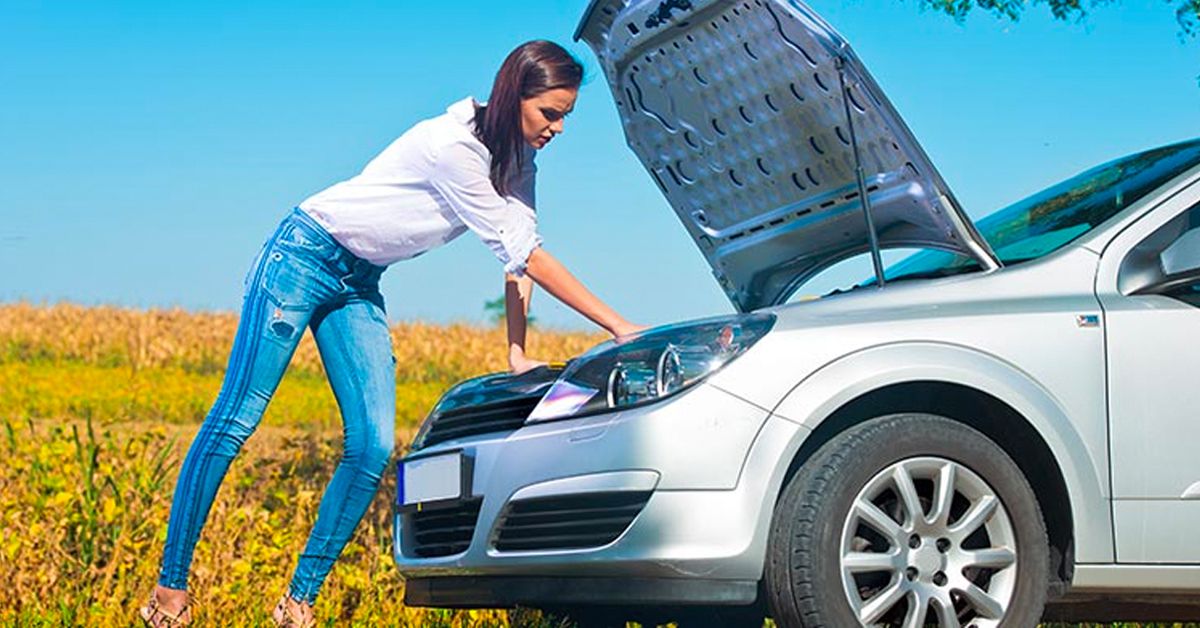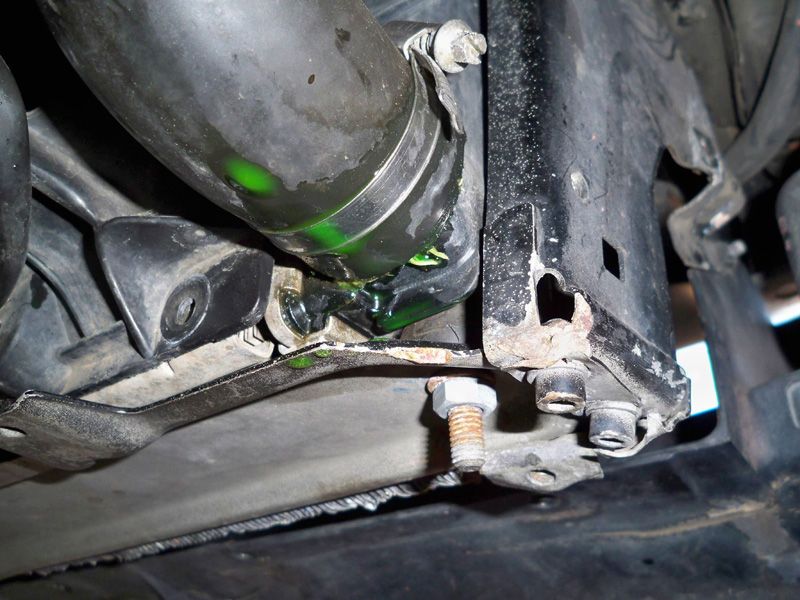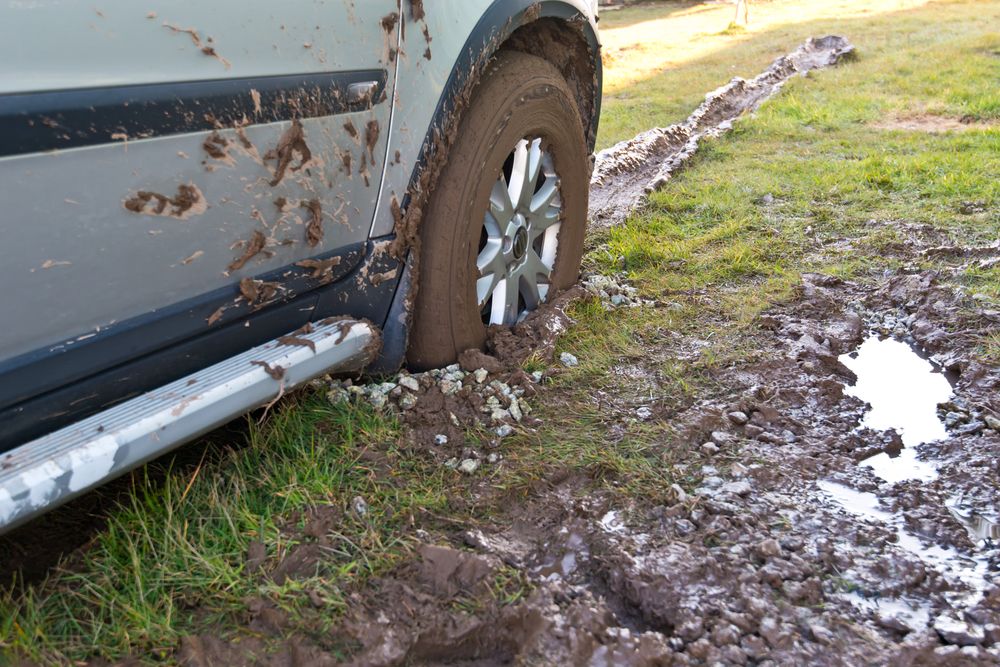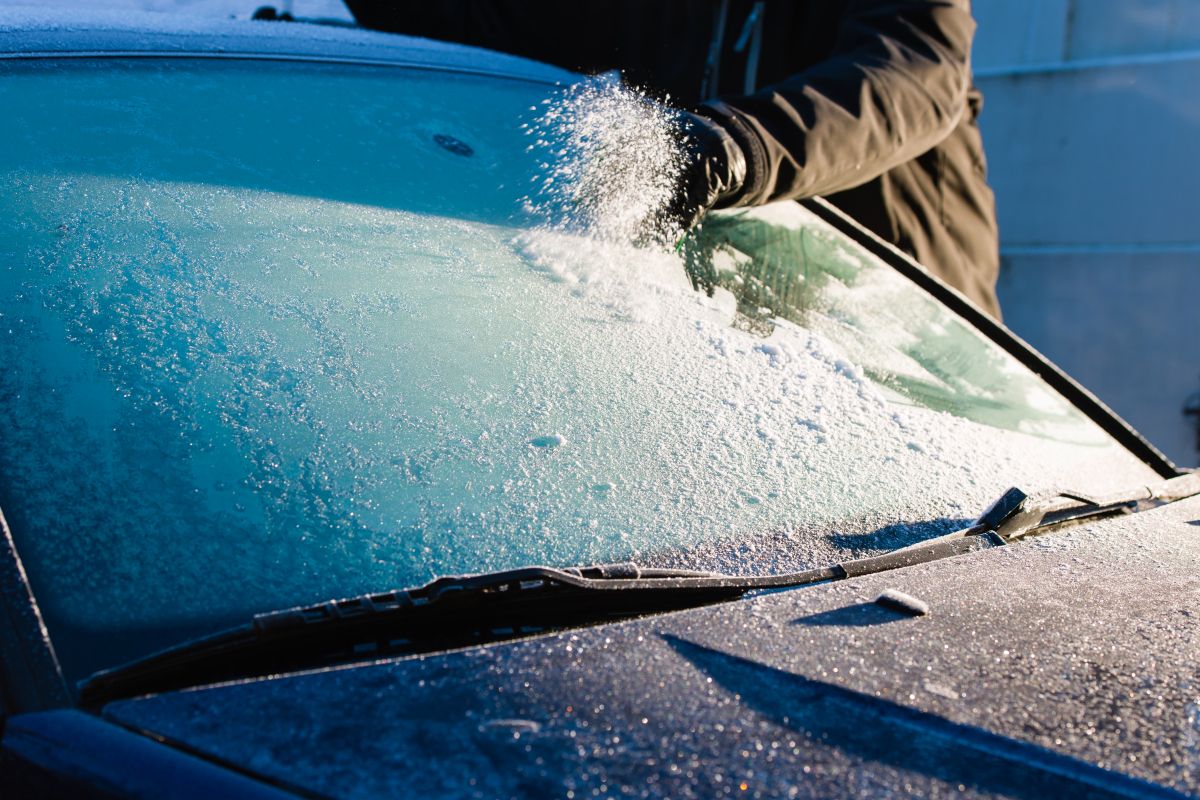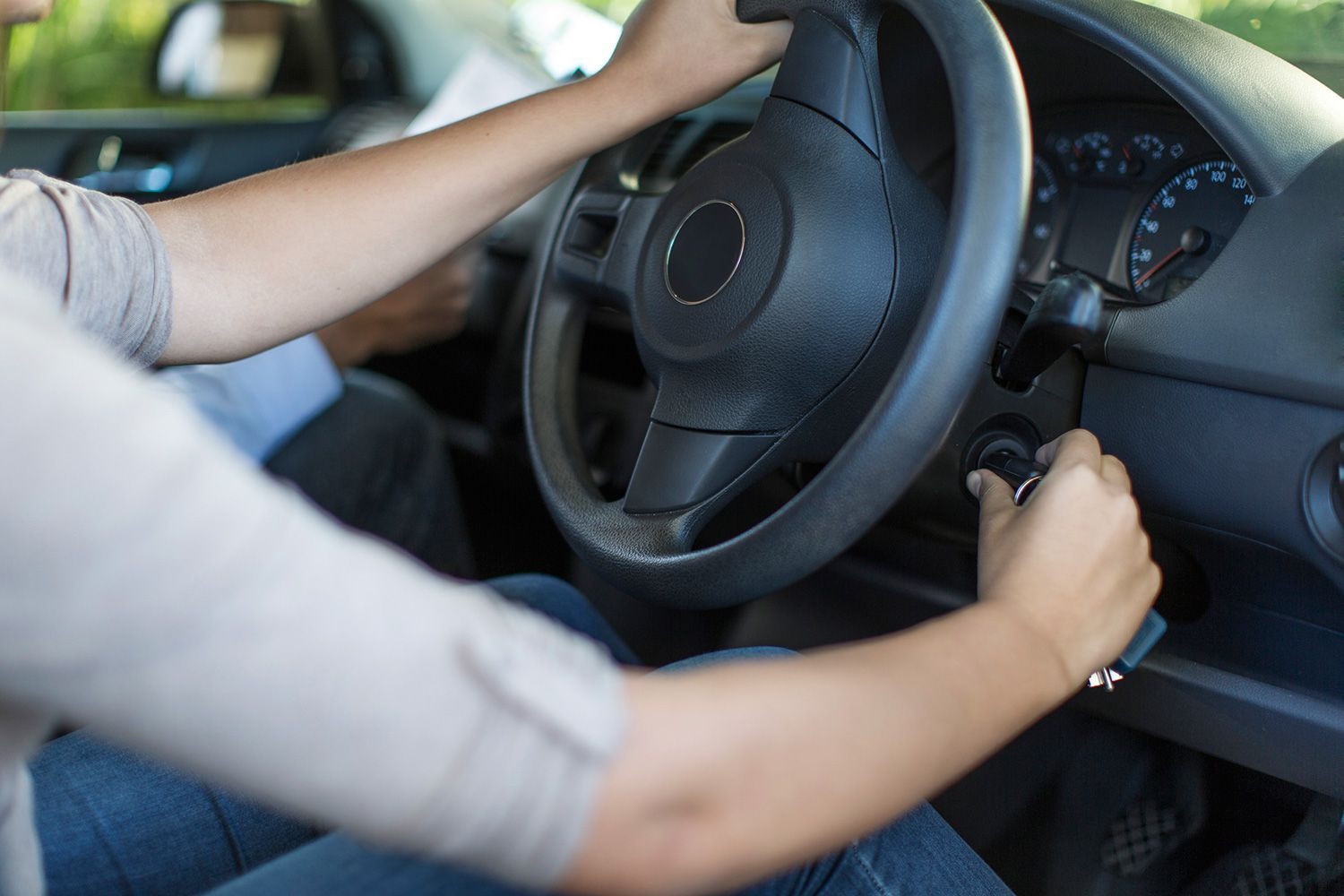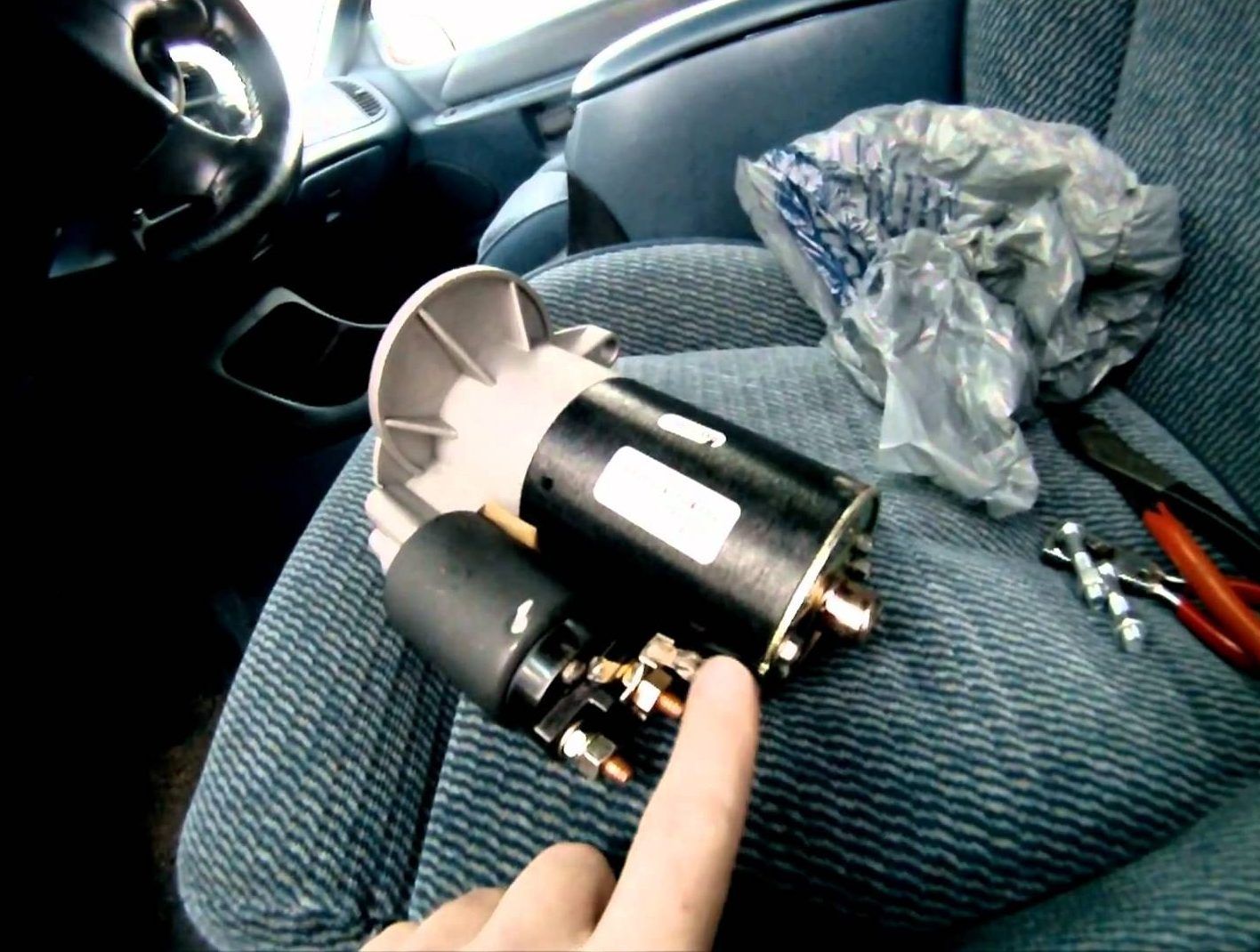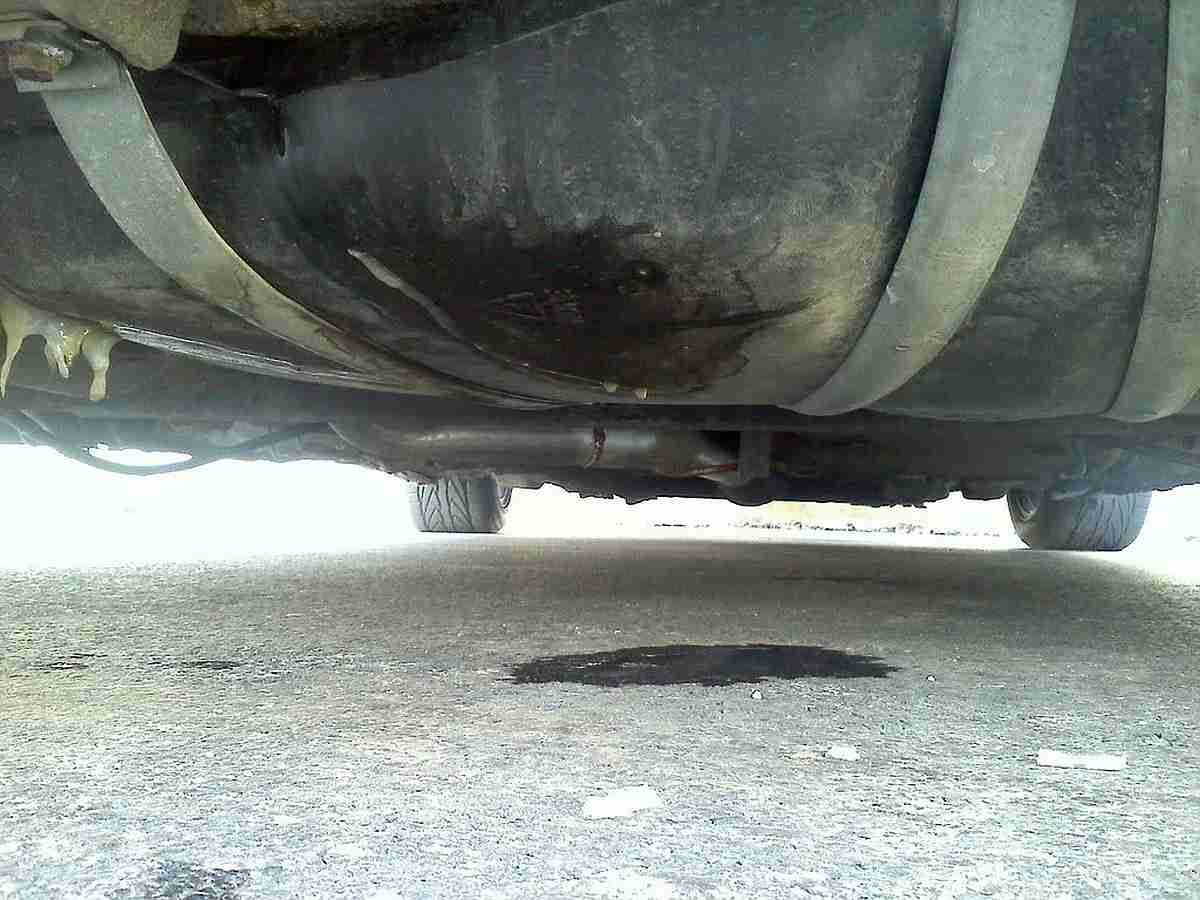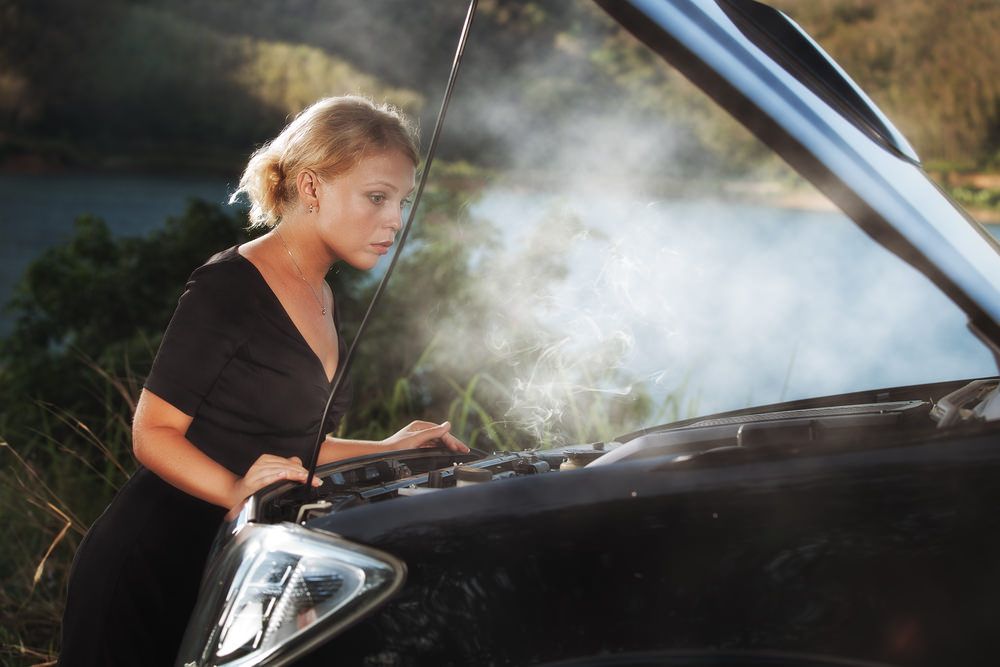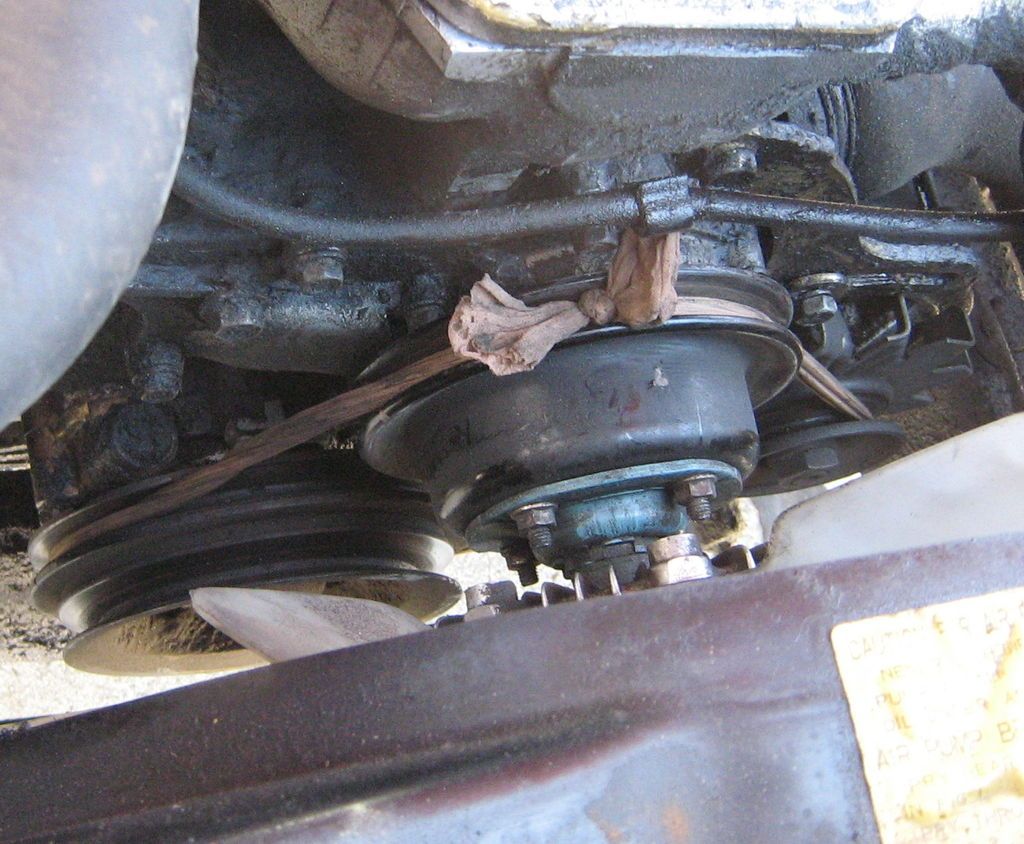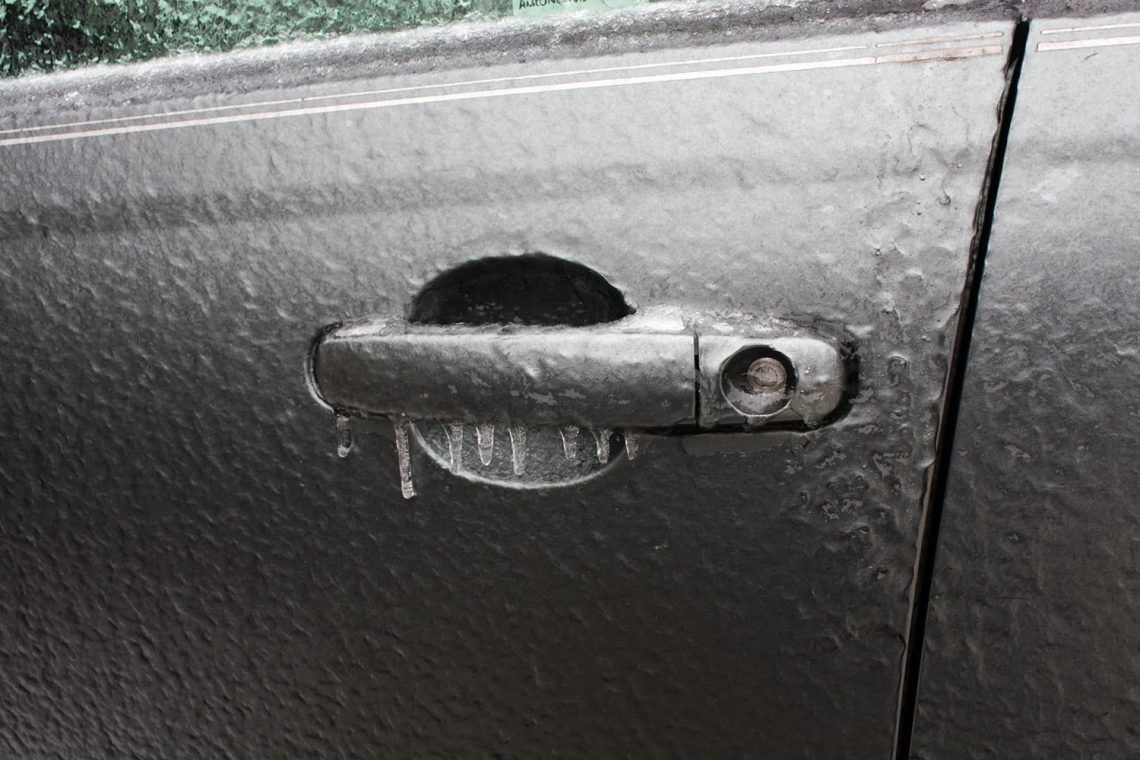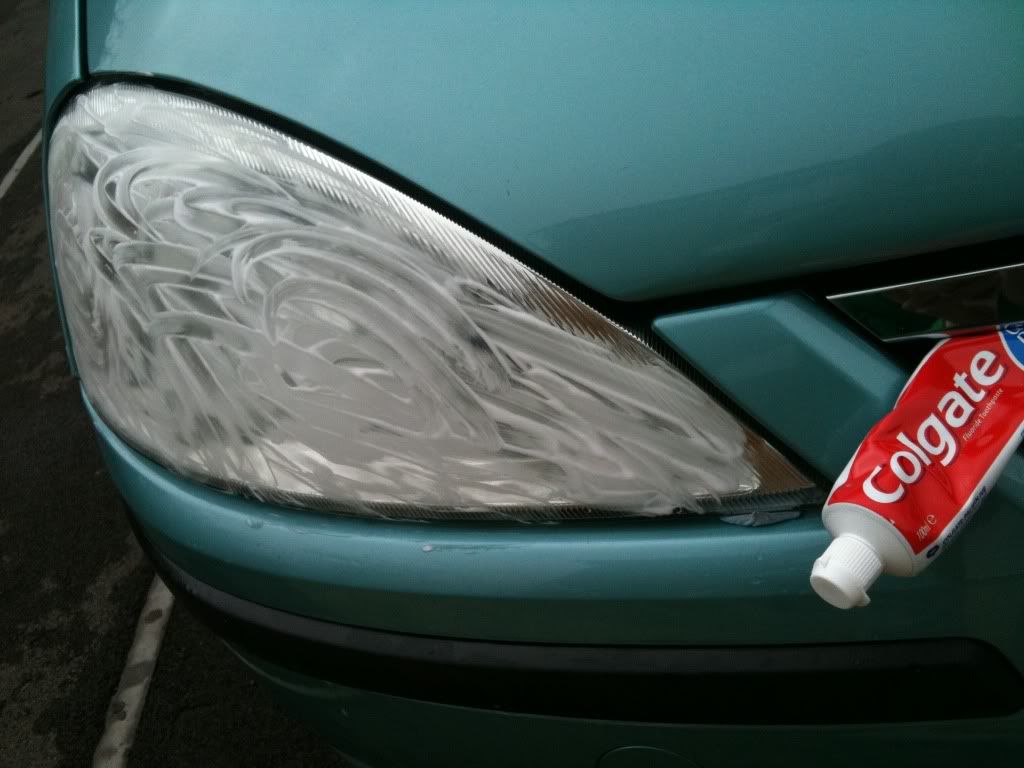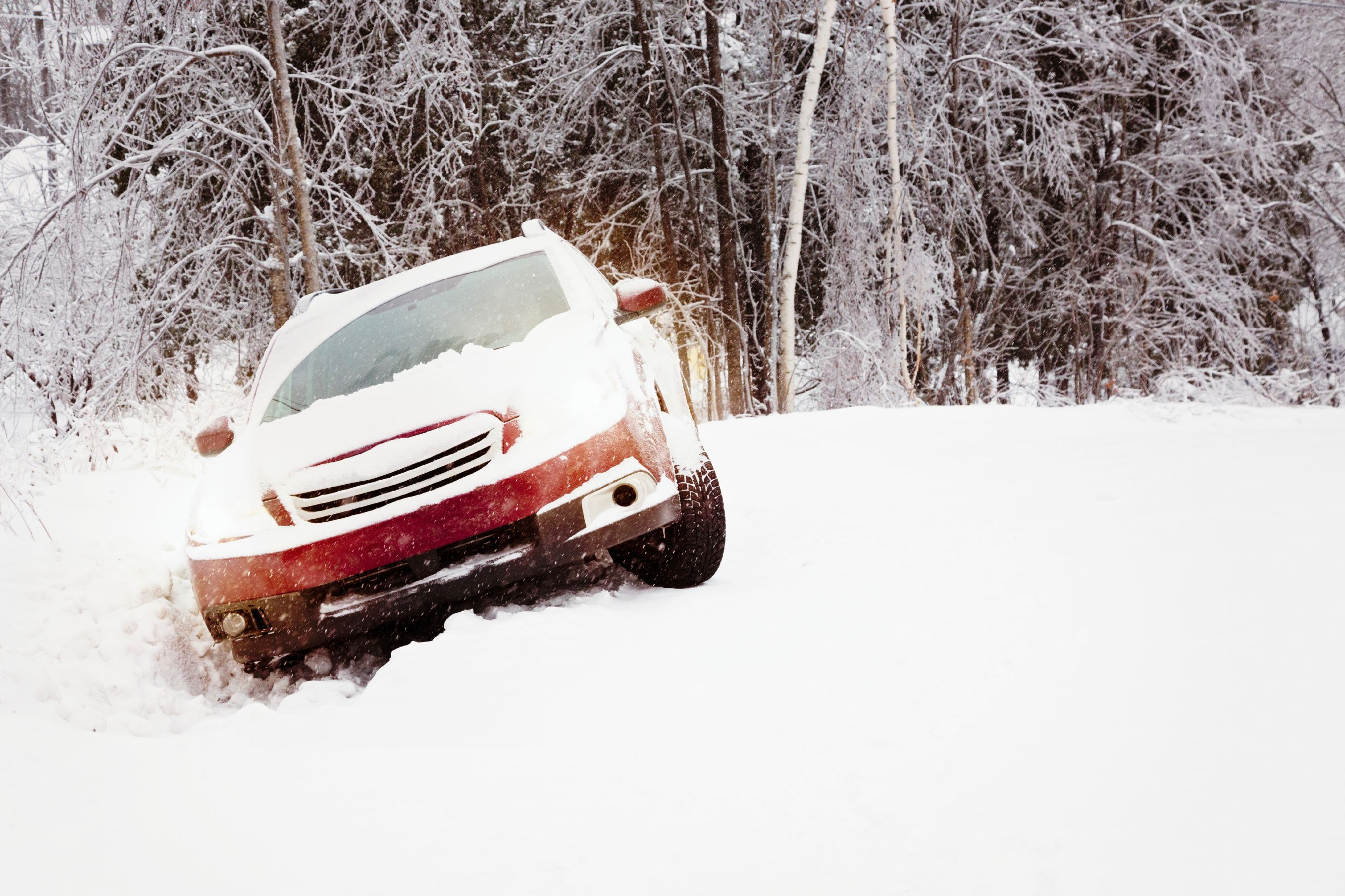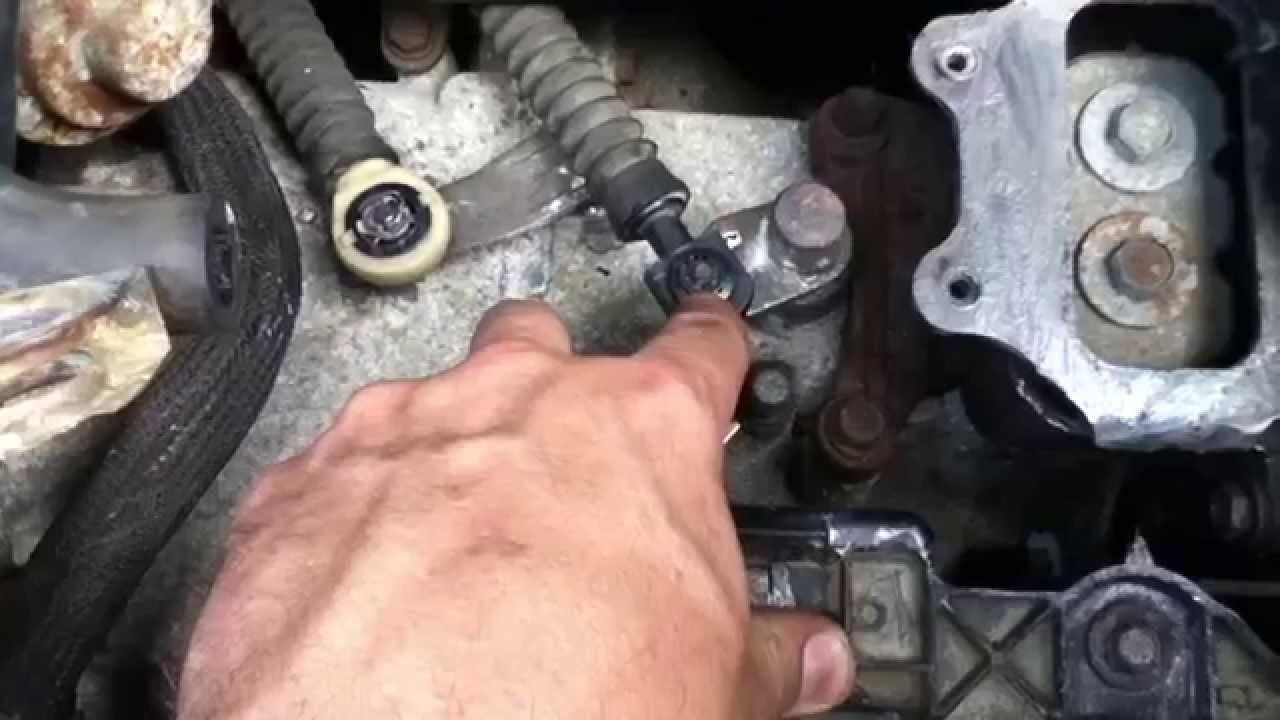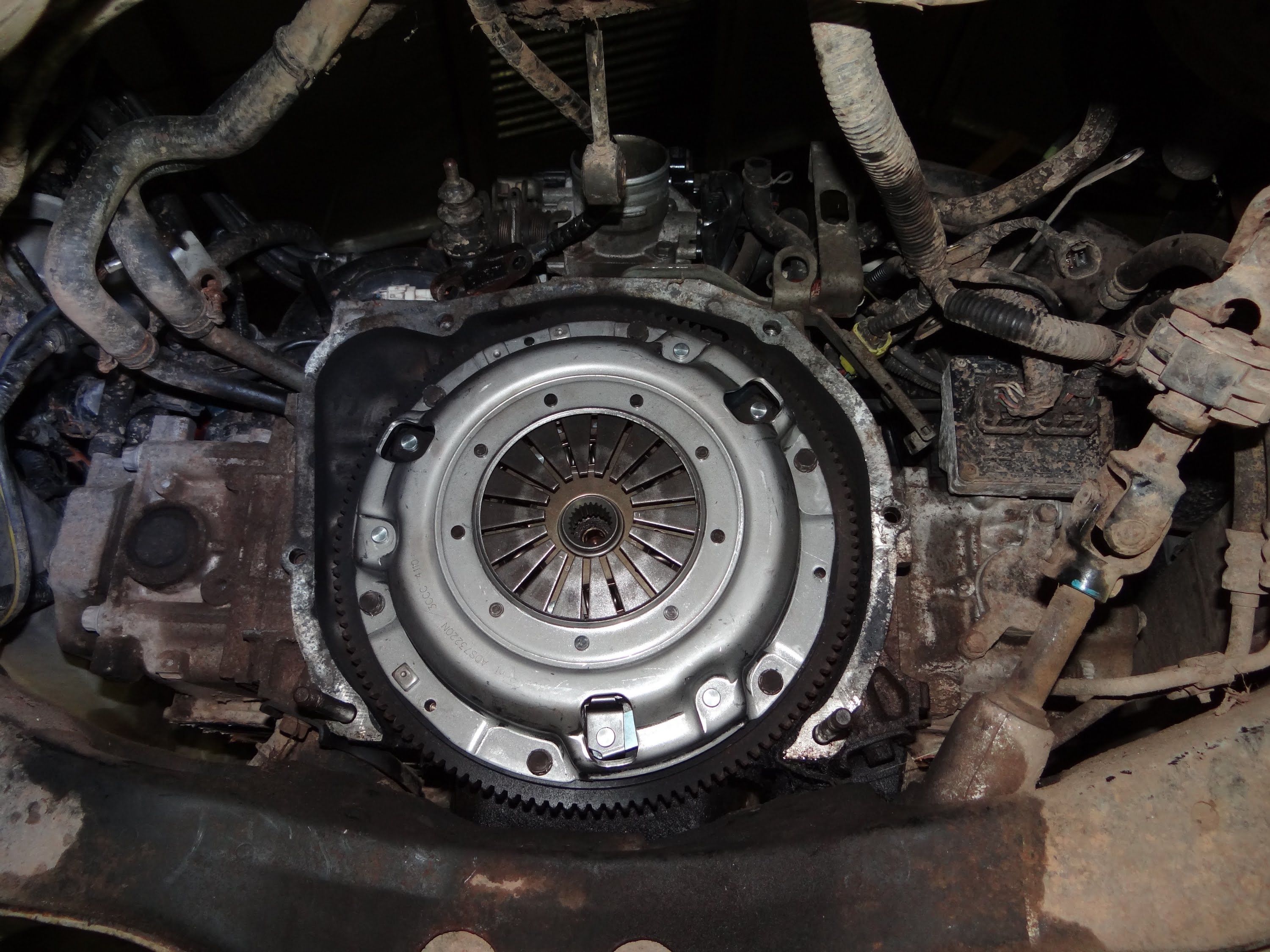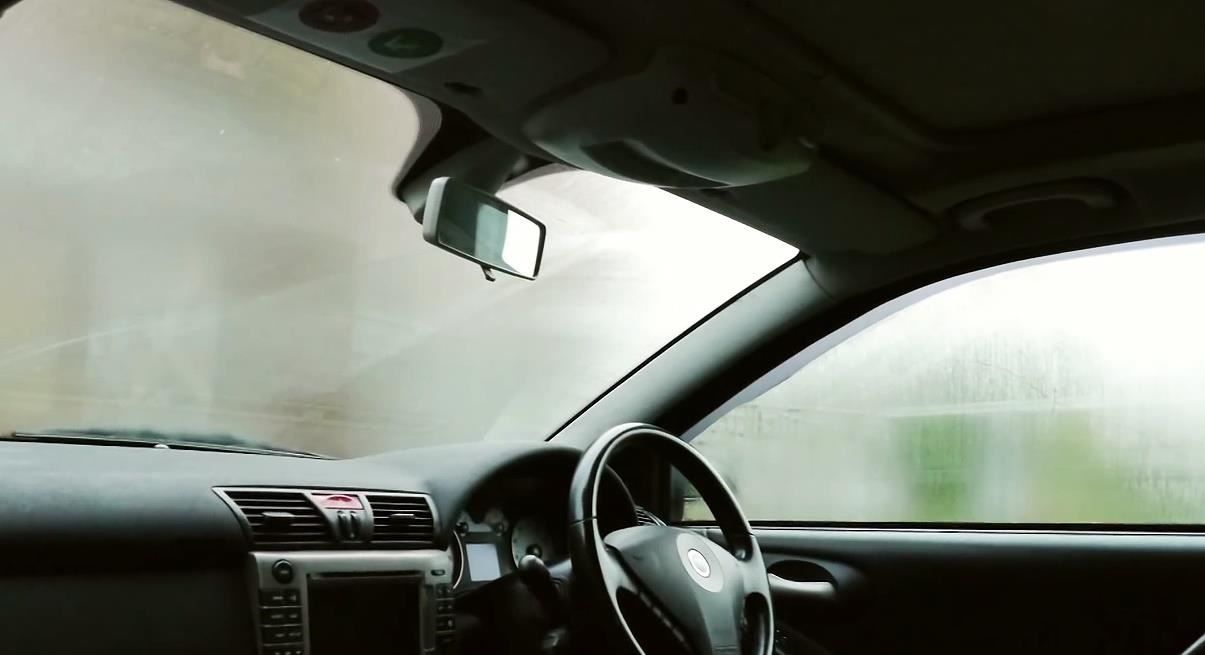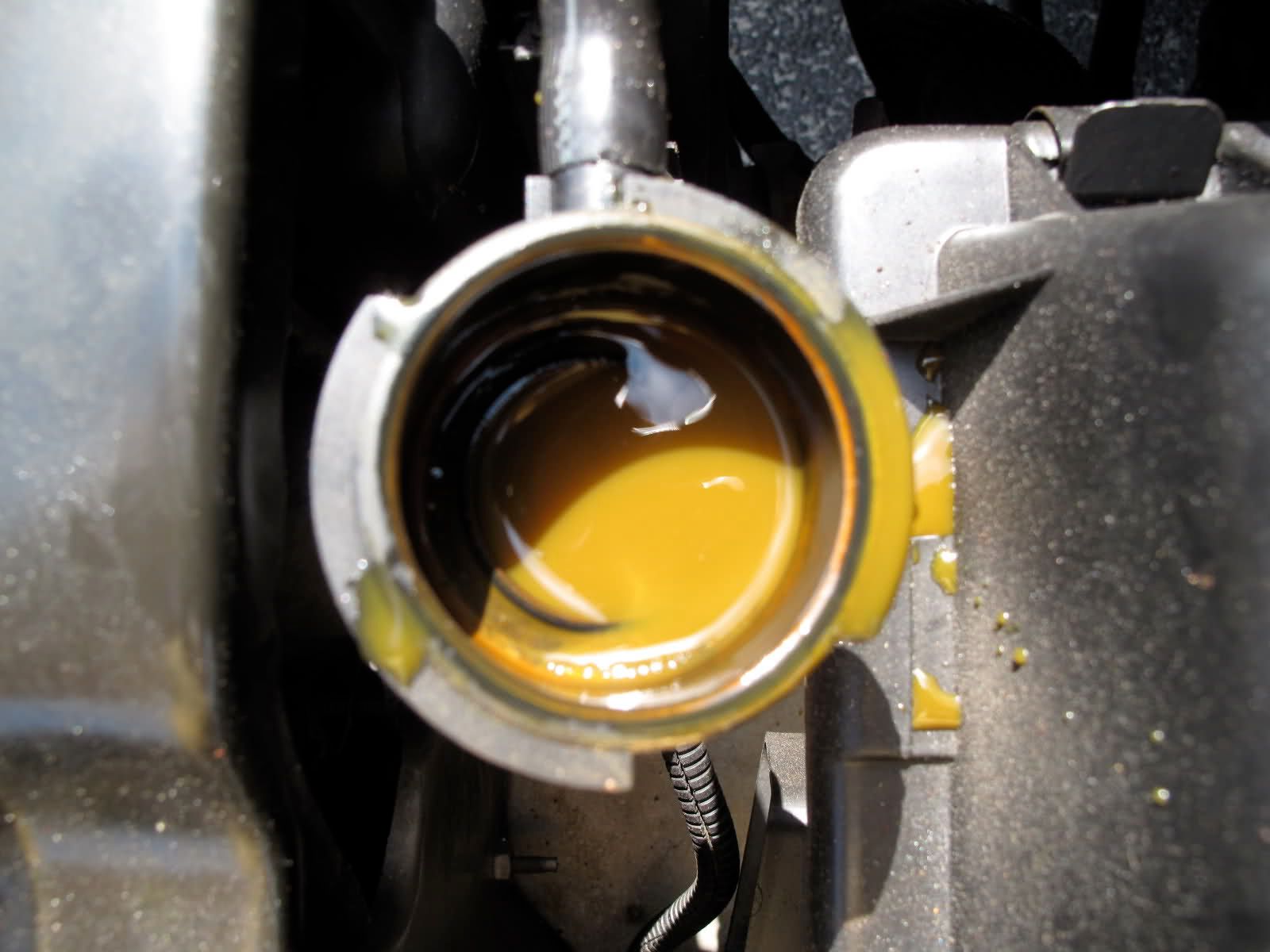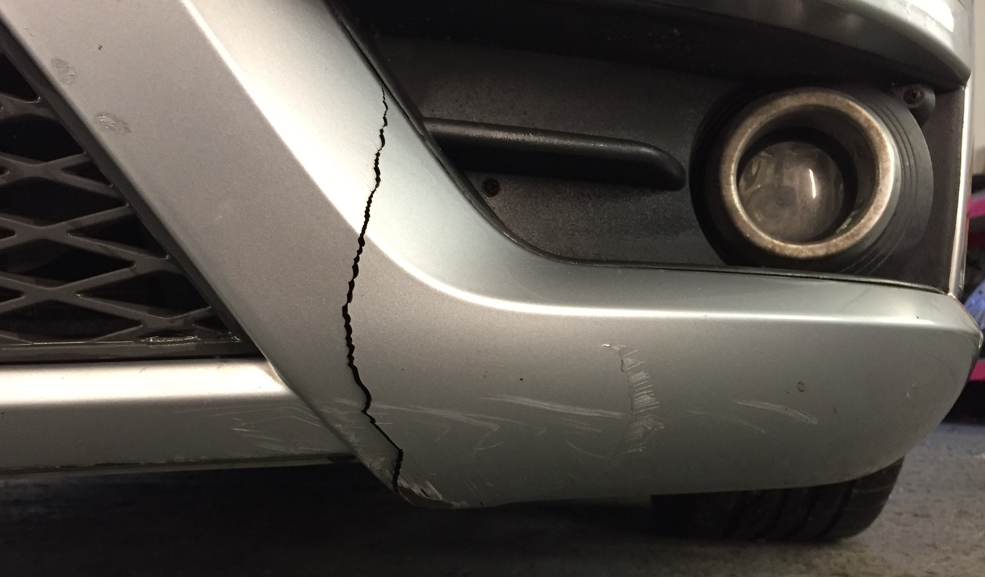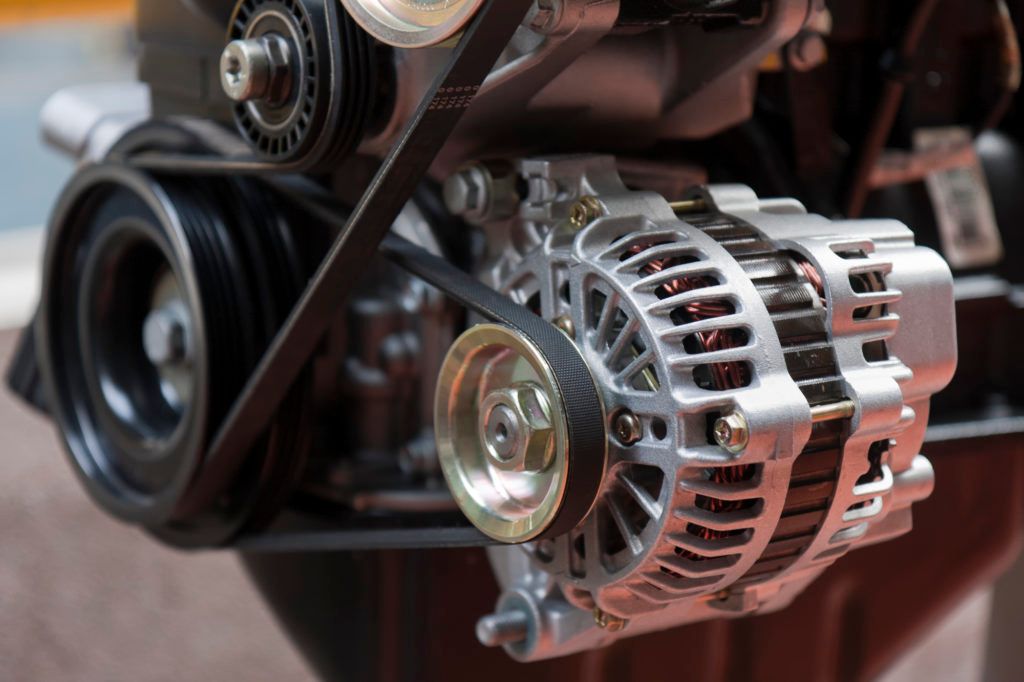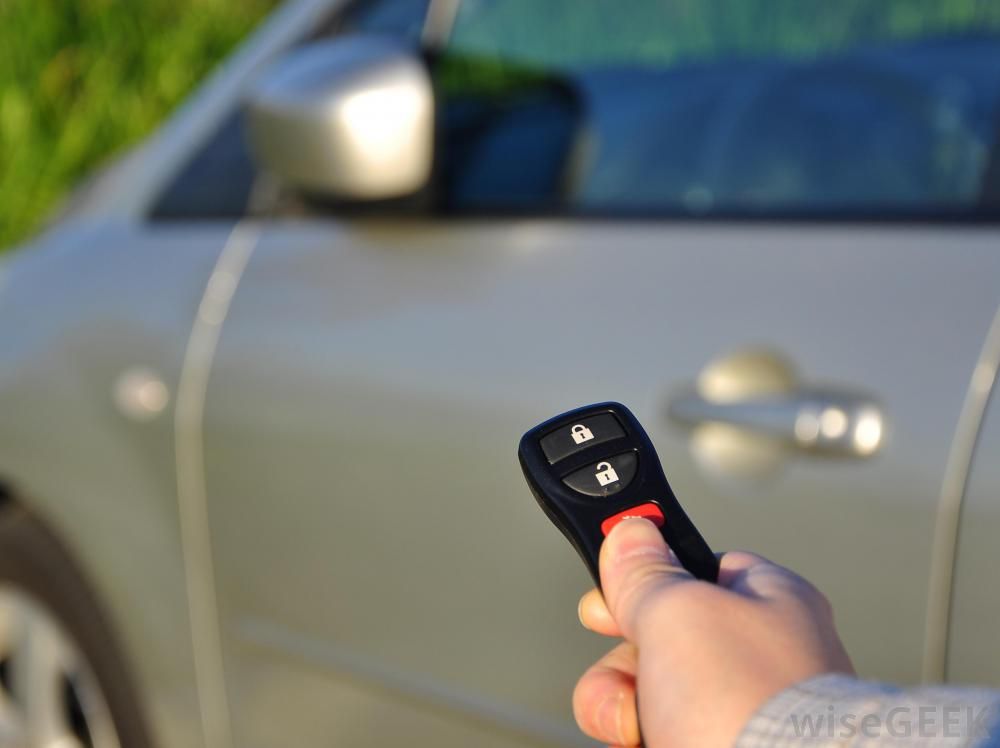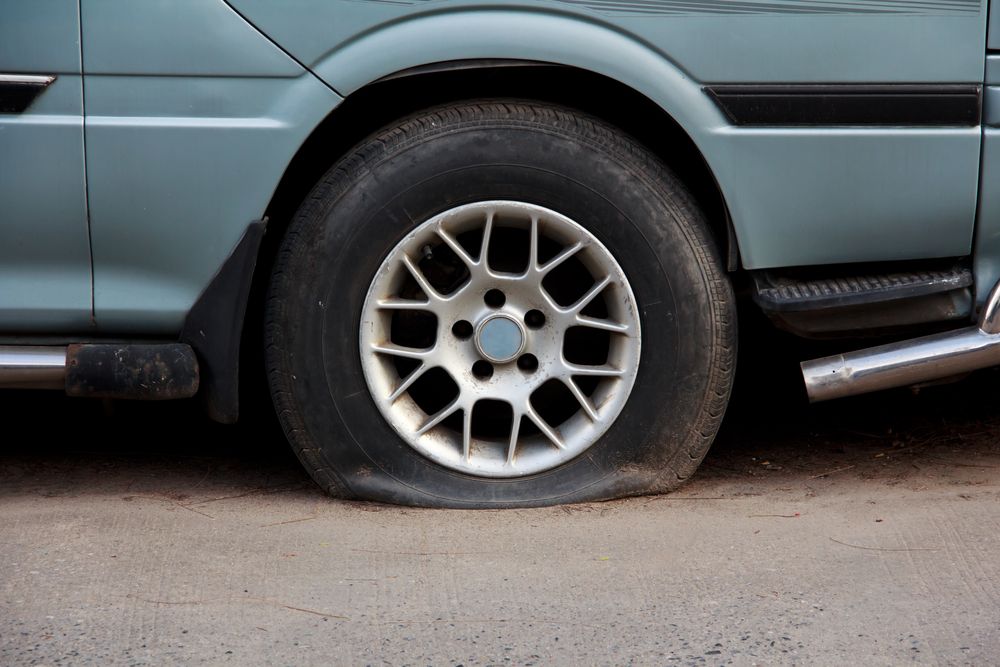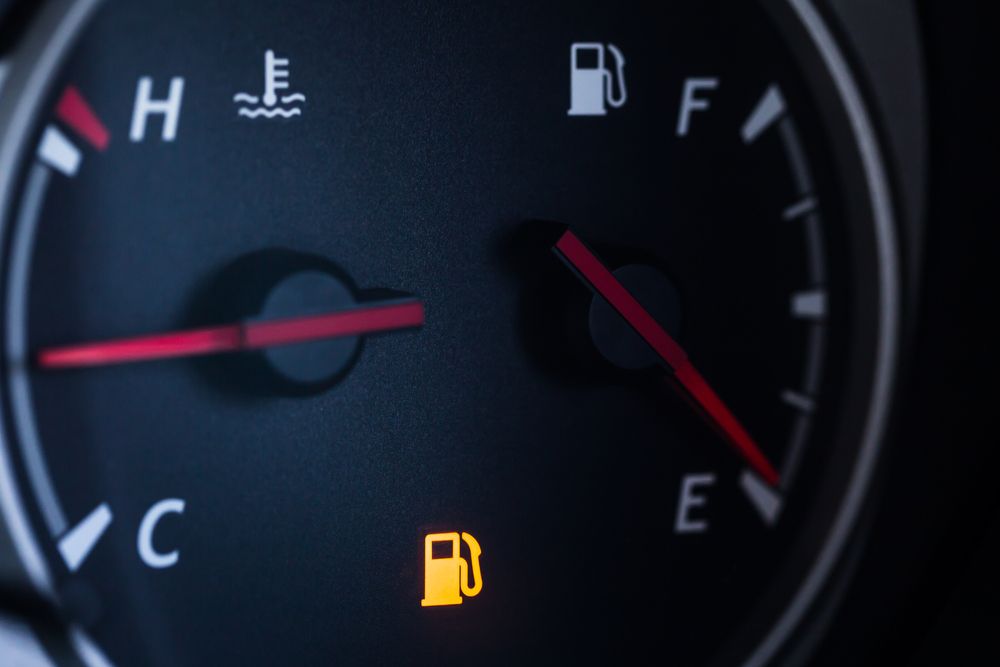When cars experience problems, it's never a convenient time. Issues tend to happen at the worst times. Like Murphy's law states: "Anything that can go wrong will go wrong." Whether owners are low on money, embarking on a road trip or even pulling out of a dealership for the first time, car problems occur at the least desirable moments.
Though out of all the scenarios already listed, there stands one people dread above the rest: sudden roadside emergencies. Since cars are such complex pieces of machinery, there are practically hundreds of things that could go wrong. In someone's lifetime, it's likely they'll experience a quarter of those problems across all the many cars they go through. It goes with the territory of owning a car. Although there's a lot of pleasure that comes from driving cars, maintenance is one of the necessary elements to take into account.
Whenever an emergency strikes a vehicle, there are several ways to fix it on the spot. What makes these situations so difficult is that drivers aren't always prepared for the problem. Although many gearheads make sure to pack a toolbox should anything ever go down, the common driver (and even some enthusiasts) forget. In the least, it's critical they read up on these easy fixes one can do when there are little resources on hand to mend their car. Compiled below are some temporary fixes and hacks for a number of problems one may experience in an emergency situation on the road. It’s always best to consult a professional mechanic before attempting any of these on a vehicle.
20 Blown Radiator Hose
Coolant, also known as antifreeze, keeps radiators from getting too hot or too cold. It's important to repair any burst hoses in order to keep coolant in place.
The best material to repair a hose, according to the blog Kwitchabichen, is electrical tape. After sealing the hose, be sure to open the radiator cap slightly to prevent buildup, which could rupture the tape.
As an alternative, since electrical tape may not be handy in an emergency, try super glue. If that's available either, then as a temporary fix, a plastic band-aid may work for the interim until a mechanic gets to work.
19 Stuck In Mud
Cars aren't totally unstoppable. If anything, they've proven to be fallible machines over time. Mother nature is a common obstacle that often stops cars dead in its tracks.
When drivers find themselves stuck in the mud, Life Hacker suggests putting the gear in "1" (or "low" for other vehicles). Lightly push down on the gas pedal without going above 15 mph. After holding it down a few seconds, let off the gas to try and get the car to swing back. Push the gas pedal again and repeat the same steps. Hopefully, by rocking back and forth, it'll give the car enough impetus to roll out on its own.
18 Ice-Covered Windows
Car windows are the portals to the outside world for drivers and passengers. They need to be visible at all times. There's a lot of things that can impede one's vision though. Windows are often susceptible to ice in colder climates. It's usually not enough for windshield wipers to take care of it.
In turn, Junk Car Medics have another option: credit cards. More than likely, a credit card is within reach and should serve as a useful tool to scrape off the ice.
One should always be cautious as ice can cut hands and even break a card if used too forcefully.
17 Stuck Starter
No one likes the sound that comes from a car failing to start. While starter problems are often headaches, it may be a simple fix. One possibility is that the brushes inside get jammed, as the blog Kwitchabichen points out.
In order to fix it, locate the starter and find something to hit it lightly with. It may come down to grabbing a stone on the side of the road to do the trick. Some taps on the starter using the rock should reverse the jam and orient the brushes back to normal. Feel free to bang away, as long as the object isn't too big.
16 Bad Starter Relay
Some jammed brushes aren't the only thing that can commonly go wrong with the starter on the side of a road. There's also the starter relay that can go wrong, reports Kwitchabichen. Even those who are wary of electrical parts shouldn't worry about doing this easy repair. Located on the starter itself, the relay is a cylinder with four lug nuts.
According to Kwitchabichen, the top nut should contain a large red wire that goes to the battery; the one on the right nut should have a small purple wire. Touching the two wires with a knife blade should get the starter going again.
It's important to also have the key to the "on" position. Always exercise caution and consult a professional mechanic!
15 Fuel Leaks
Leaks can be the most troublesome part plaguing a broken-down vehicle. Thankfully, not all hope is totally lost should such an issue arise in a jam. If precious fuel appears to be leaking, look at the tank.
If the driver is able to spot the leak, Junk Car Medics suggest using some chewing gum to plug up the leak. This is only temporary until the driver can get it to a repair shop on the double. Before doing this fix, it's important to ensure the area around the leak is completely dry first. Don't forget to chew the gum a bit too.
14 Overheating Engine
It's easy to tell when a car is overheating. Usually, there's smoking coming from underneath the hood.
The first thing one should, as Wheel Scene reports, is to turn off the AC. Instead, switch on the heater. If traffic is busy, don't fear. When reaching a complete stop, switch the gear to neutral and accelerate on the gas pedal.
This trick keeps the car running, which is important for ensuring that the radiator's fan keeps spinning. As soon as possible, it's best to pull off to the side of the road and lift up the hood. The driver should wait some time while everything cools down before driving again.
13 Stripped Belt
Desperate times call for desperate measures. When certain parts of a car break down, it can seem impossible out in the middle of nowhere to find a solution and get back on the road again.
In the case of a broken belt, Junk Car Medics has a recommendation. If there's duct tape on hand, roll out a long piece. Then, taking each end, roll the piece down the middle to stick both halves together. The strip of duct tape can serve as a replacement to any belt. Otherwise, if duct tape isn't on hand, pantyhose works too.
12 Frozen Door Locks
Winter is ever the antagonist towards cars. It has a nasty way of keeping drivers from getting around to where they need to be. It can even prevent people from getting into their vehicles in the first place. Those who have a frozen door lock shouldn't fear, however.
AccuWeather reports several ways one can unfreeze a lock that's covered in ice or unresponsive from the cold. Covering a key in Vaseline has worked for some, while others use WD-40 on occasion to keep locks from freezing over.
Otherwise, it may just be a matter of applying some heat to the area by lighting matches.
11 Dim Lights
As noted elsewhere, dim lights may be a sign the alternator is on its last legs. While it's important for drivers to take note of this, it could be something less ominous. For those stranded on a road trip, the hope is that they packed some toothpaste.
Junk Car Medics recommends cleaning one's headlights with some toothpaste. Though it's not recommended they use their toothbrush; a cloth rag will do fine instead. That may help add some shine to headlights if one notices them to be darker than usual. If there's no toothpaste, saliva works as well.
10 Stuck In Snow
Those who have cars in places where winters get really cold have one more thing to worry about. Snow is just another one of those elemental factors that can end up getting the best of unwary drivers.
If a car gets stuck in snow, Junk Car Medics make a useful recommendation. Find some cardboard in the area and put it flat near the tires. With some luck, the car will catch onto the cardboard and roll out of the snow.
If there's no cardboard in the area, Junk Car Medics recommends using something else most people have in their cars: the floor mats.
9 Manual Transmission Goes Out
When it comes to automatic transmissions, drivers are out of luck if they encounter an issue in the middle of nowhere. A manual transmission, on the other hand, lends for some flexibility.
Kwitchabichen warns that it's important to have someone always pushing down on the brakes during the repair. Even better, have a professional handle it. In cases where the shift linkage is unresponsive, one needs to locate it and move it to the desired gear. Those who attempt this need to take note that if they come to a stop after having moved it, they'll need to move it again in order to drive.
8 Broken Clutch
Part of having a manual transmission is there's a clutch. This round device is often found behind the crankshaft. It's also susceptible to breaking.
When this happens, Kwitchabichen recommends a simple fix that may get the clutch responsive again. Try starting the car and reach a point where it's moving. If the driver activates the clutch, it should work while the car is moving as opposed to coming off of a complete stop.
Activating from a stop often strains the clutch. This can at least get the car moving so the driver can go to a repair shop as soon as possible.
7 Foggy Windows
There are a few different ways to clear up windows that are hard to see out of. Often fog has a way of creeping up and blocking everything in sight. An odd solution comes in the form of kitty litter, as Junk Car Medics reports.
They suggest filling a sock up with it and letting it do the rest while it sits in the car. Otherwise, there's always a chance the car is foggy on a road trip. If that's the case, there may be some handy shaving cream on hand. Supposedly, lathering up the insides of the windows with shaving cream will solve any fogging issue.
6 Low Radiator Fluids
A caution to those who get squeamish reading about bodily fluids. A common setback drivers can experience on the road is a radiator leaking fluid. Although it sounds gross, Junk Car Medics has a solution to those who find their radiator out of fluid. Ideally, one should use water to fill a radiator if it's depleted.
Otherwise, Junk Car Medics recommends a fluid all humans are capable of releasing. Although it's not recommended, it's not unlikely a stranded person is desperate enough to try this. Though it can't smell very good after the deed is done.
5 Cracked Lights
A light that's darkened from dirt or dust isn't the only problem that afflicts these car parts. These often get cracked as well. Going around with a crack in or around the light is never fashionable though.
As Junk Car Medics suggests, if scotch tape is on hand, lots of that will work to keep the crack from worsening. There's also red industrial tape, though chances are that's more uncommon.
This source gives special warning to those who fix a crack though in that it could end up blocking the light and become a safety hazard altogether. Fixing cracks with tape should only be a temporary measure.
4 Alternator Issues
The alternator looks like a round wheel that's usually coiled with wire in an enclosure. A belt is also wrapped around a spindle that sticks out the side of it. It's what keeps the battery going, which is the heart of all electrical parts in the vehicle.
Although the blog Kwitchabichen notes there's little one can do in an emergency to fix an alternator, it's always best to stop using things that take up power. The radio, headlights and even windows all use electricity from the battery. If drivers simply don't use them, the power will last longer until one gets to a repair shop. If headlights look dimmer than normal, that’s one sign there’s something wrong with the alternator.
3 Problem Unlocking Door With Keyless Entry (And Without)
A door doesn't even have to be frozen by the cold to prevent drivers from getting in. Sometimes, it may be something wrong with the car itself.
Newer cars with keyless entry fall victim to this, as Independent Motors notes. The first thing to try is changing out the battery in a fob. If the driver wears a watch, there's always a chance it could use the same battery.
For older vehicles that require keys, take a good look at the lock itself. Any chance of there being dirt or particles stuck inside? Digging debris out or turning the key over and over can help open a lock.
2 Flat Tire
A flat tire is one of the most common ailments to plague cars on the road. It's important for owners to follow the car's manual and have access to the jack that's usually included. After putting on the hazard lights and parking brake, take the hubcap off along and loosen the lug nuts. Then, raise the car using a jack. Take off the lug nuts and remove the tire. Put the spare tire on do the steps again but in reverse order.
Life Hacker suggests calling for help though if the tire is on the driver's side, as it will risk an accident changing it on the side of the road.
1 Out Of Gas
Not everyone prepares to run out of gas. There's really not much anyone can do to remedy the problem unless they have a spare tank on hand. It's important to pull over and turn on the hazard lights, as Independent Motors reports.
In the chance that the driver is on a camping trip, they should check on whether they have any camping stove fuel. Although it's not ideal, it can serve to fuel the car for a short distance, notes Map Happy.
In an ideal world, a driver will have a smartphone to look for the nearest gas station if all else fails.
Sources: Life Hacker, Kwitchabichen, Junk Car Medics, AccuWeather,

